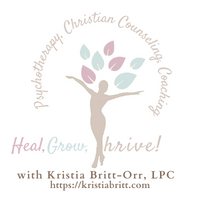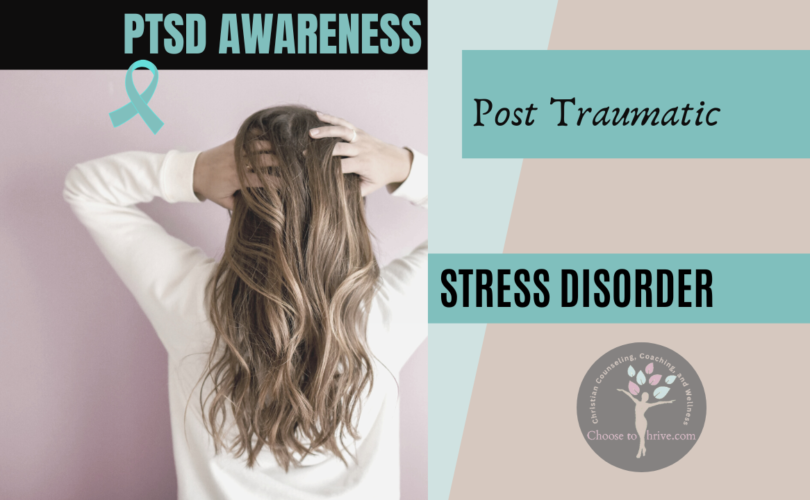June is PTSD Awareness Month. Here are some things you should know about PTSD.
What are the symptoms of PTSD?
Symptoms of PTSD usually begin within 3 months of the traumatic event, but they sometimes emerge later. To meet the criteria for PTSD, a person must have symptoms for longer than 1 month, and the symptoms must be severe enough to interfere with aspects of daily life, such as relationships or work. The symptoms also must be unrelated to medication, substance use, or other illness.
The course of the disorder varies. Although some people recover within 6 months, others have symptoms that last for 1 year or longer. People with PTSD often have co-occurring conditions, such as depression, substance use, or one or more anxiety disorders.
After a dangerous event, it is natural to have some symptoms. For example, some people may feel detached from the experience, as though they are observing things as an outsider rather than experiencing them. A mental health professional—such as a psychiatrist, psychologist, or clinical social worker—can determine whether symptoms meet the criteria for PTSD.
To be diagnosed with PTSD, an adult must have all of the following for at least 1 month:
- At least one re-experiencing symptom
- At least one avoidance symptom
- At least two arousal and reactivity symptoms
- At least two cognition and mood symptoms
Re-experiencing symptoms
Thoughts and feelings can trigger these symptoms, as can words, objects, or situations that are reminders of the event.
|
Avoidance symptoms
Avoidance symptoms may cause people to change their routines. For example, some people may avoid driving or riding in a car after a serious car accident.
|
Arousal and reactivity symptoms
Arousal symptoms are often constant. They can lead to feelings of stress and anger and may interfere with parts of daily life, such as sleeping, eating, or concentrating.
|
Cognition and mood symptoms
Cognition and mood symptoms can begin or worsen after the traumatic event. They can lead people to feel detached from friends or family members. |
What can I do to help myself?
You can get better with treatment. Here are some things you can do to help yourself:
- Talk with your health care provider about treatment options and follow your treatment plan.
- Engage in exercise, mindfulness, or other activities that help reduce stress.
- Try to maintain routines for meals, exercise, and sleep.
- Set realistic goals and focus on what you can manage.
- Spend time with trusted friends or relatives and tell them about things that may trigger symptoms.
- Expect your symptoms to improve gradually, not immediately.
- Avoid the use of alcohol or drugs.
For More information, go to: NIMH » Post-Traumatic Stress Disorder (nih.gov)


